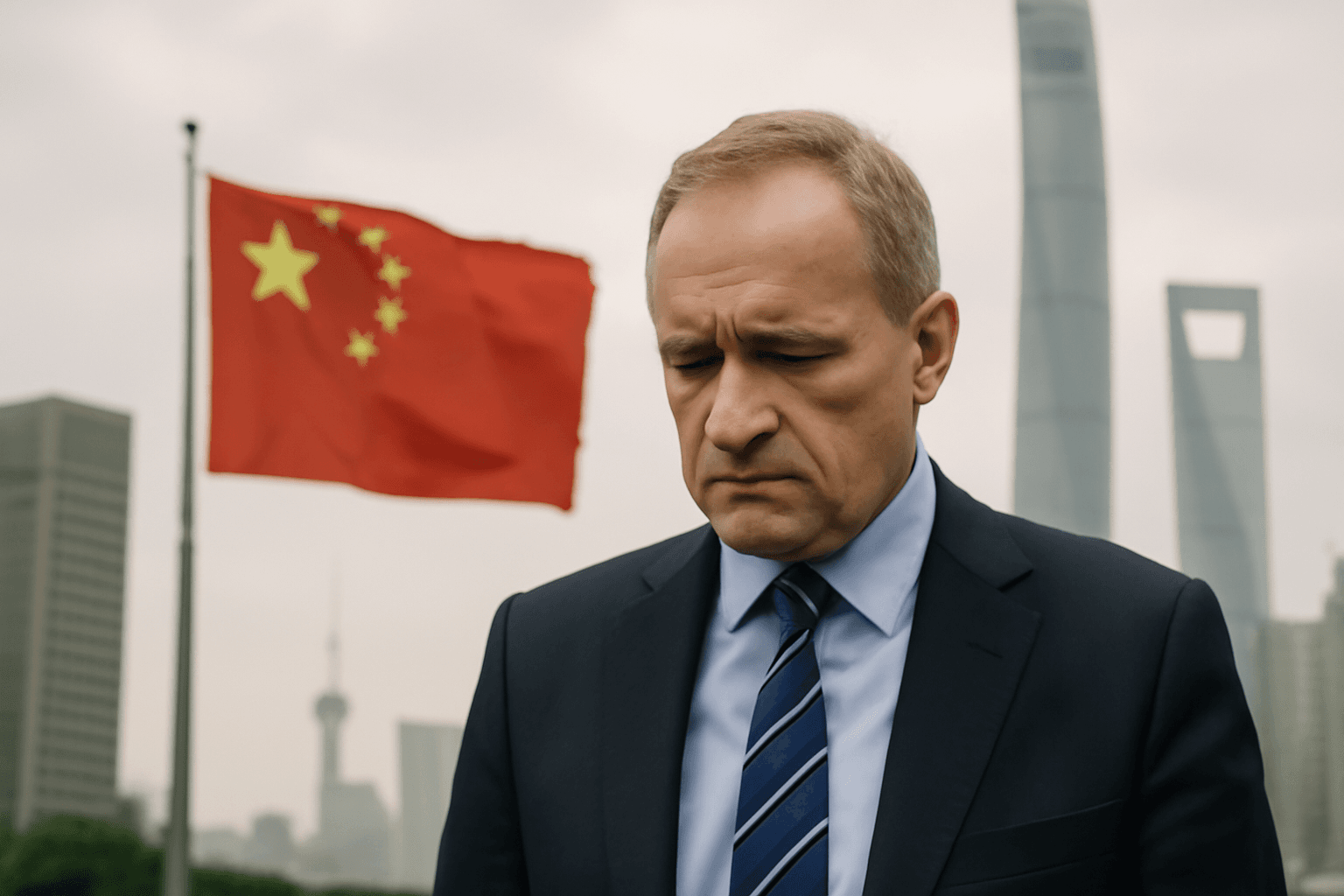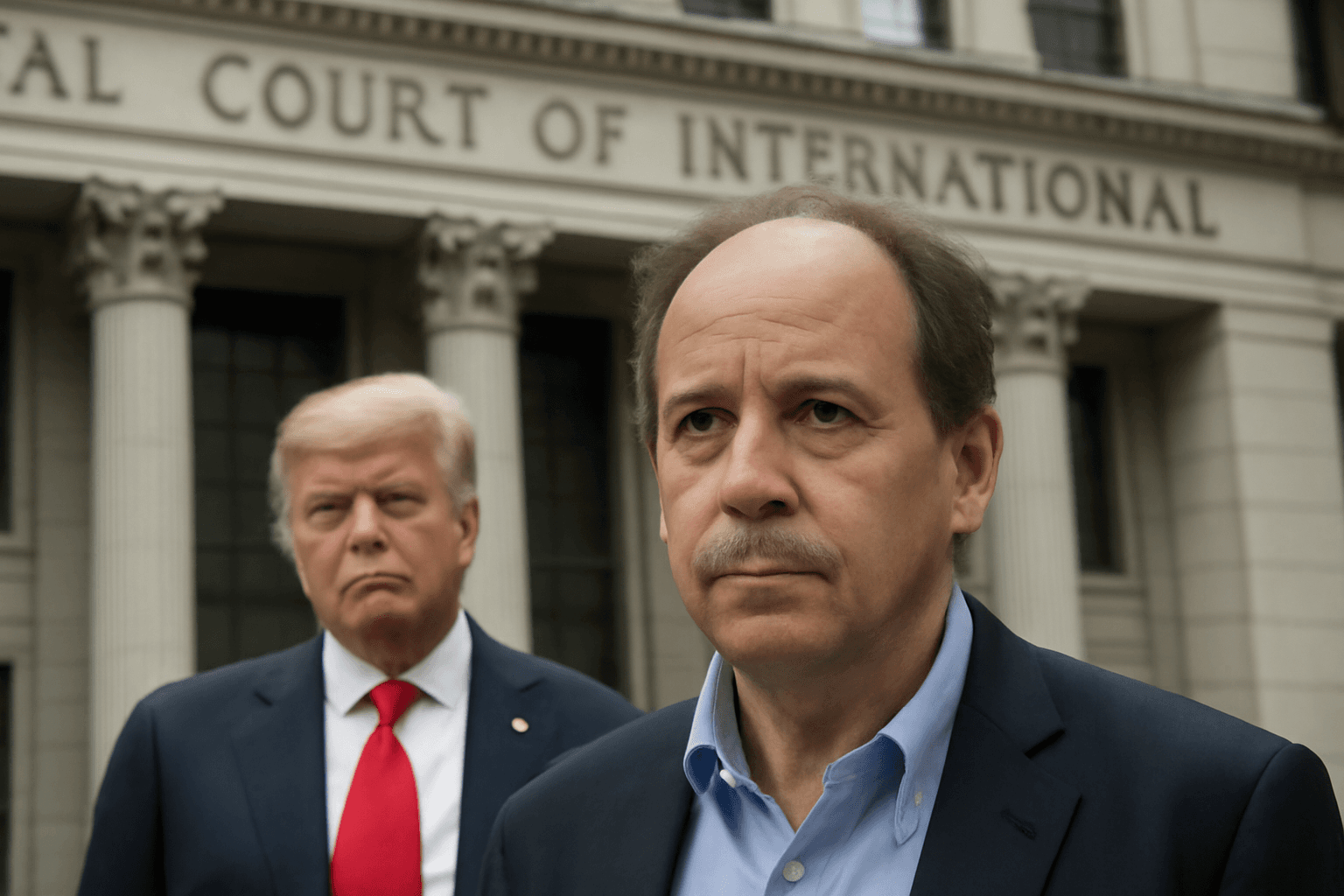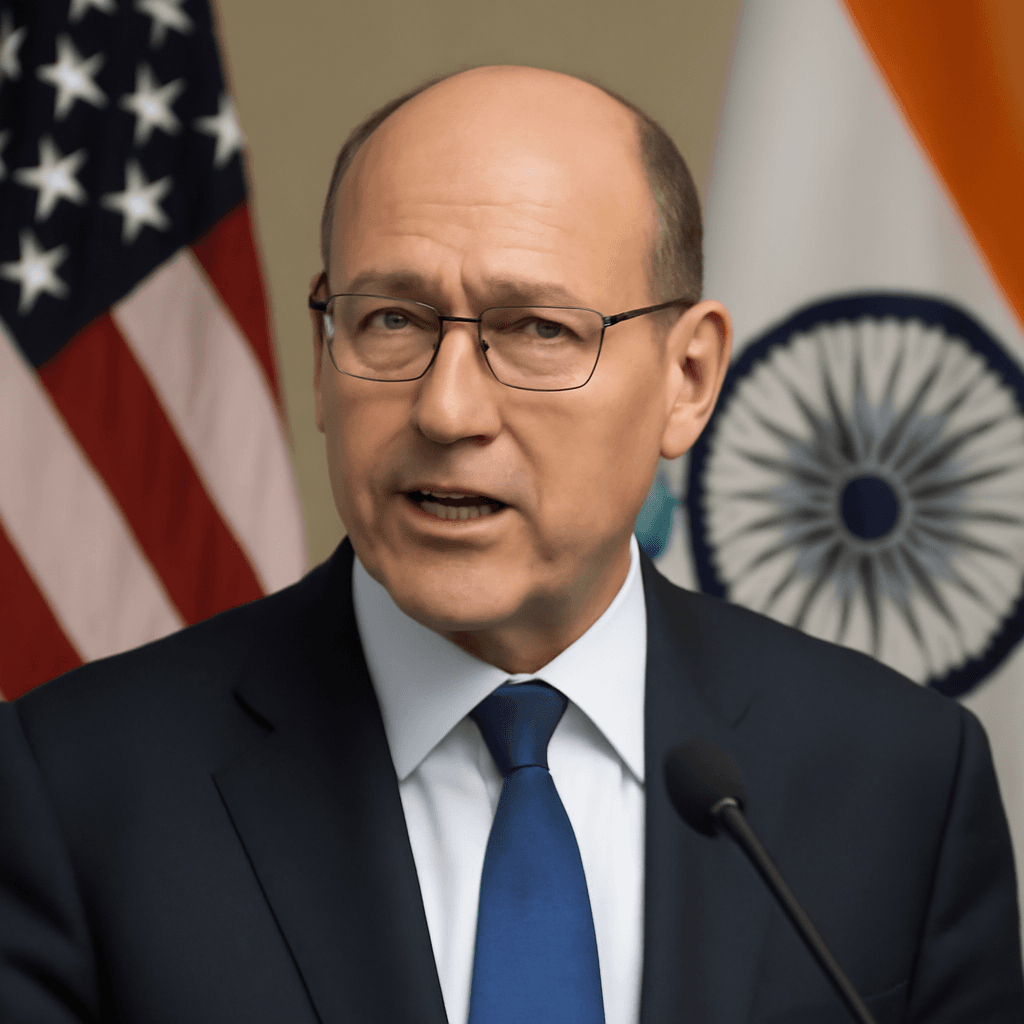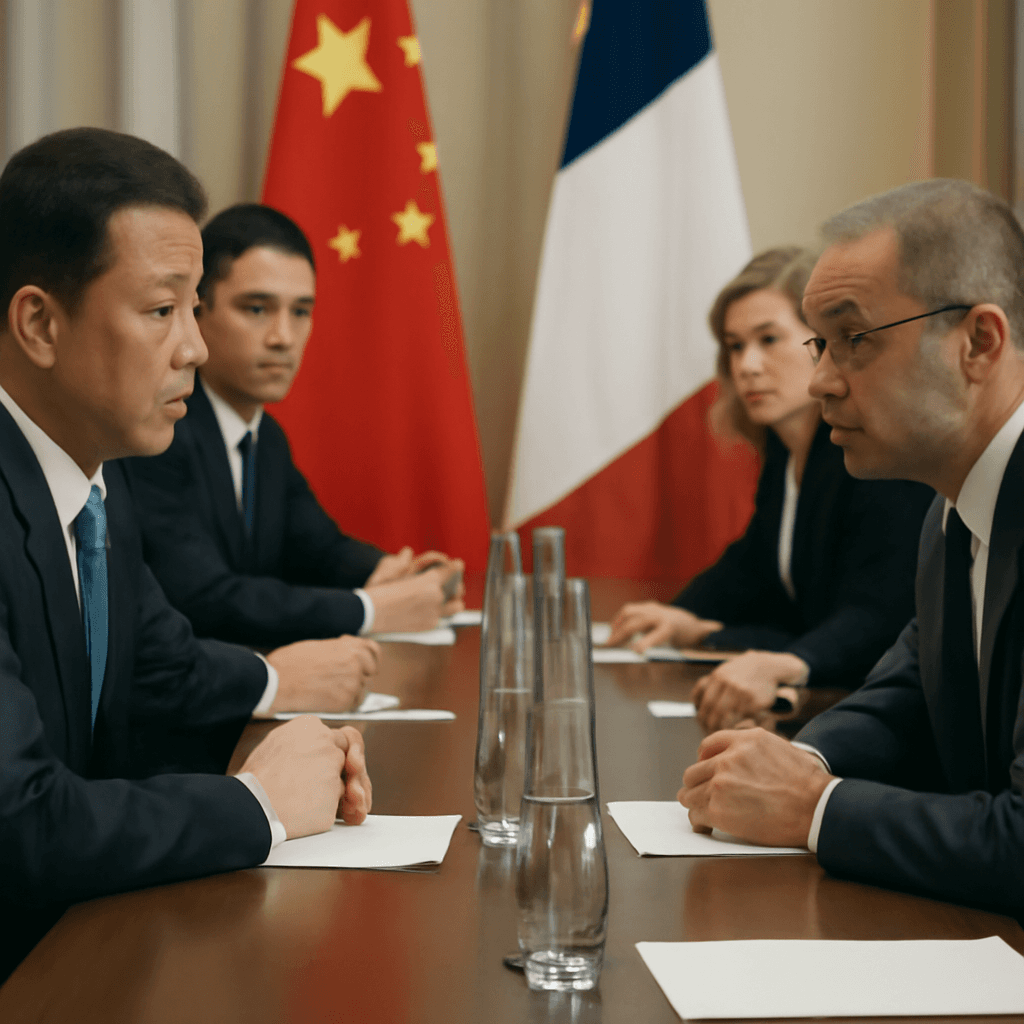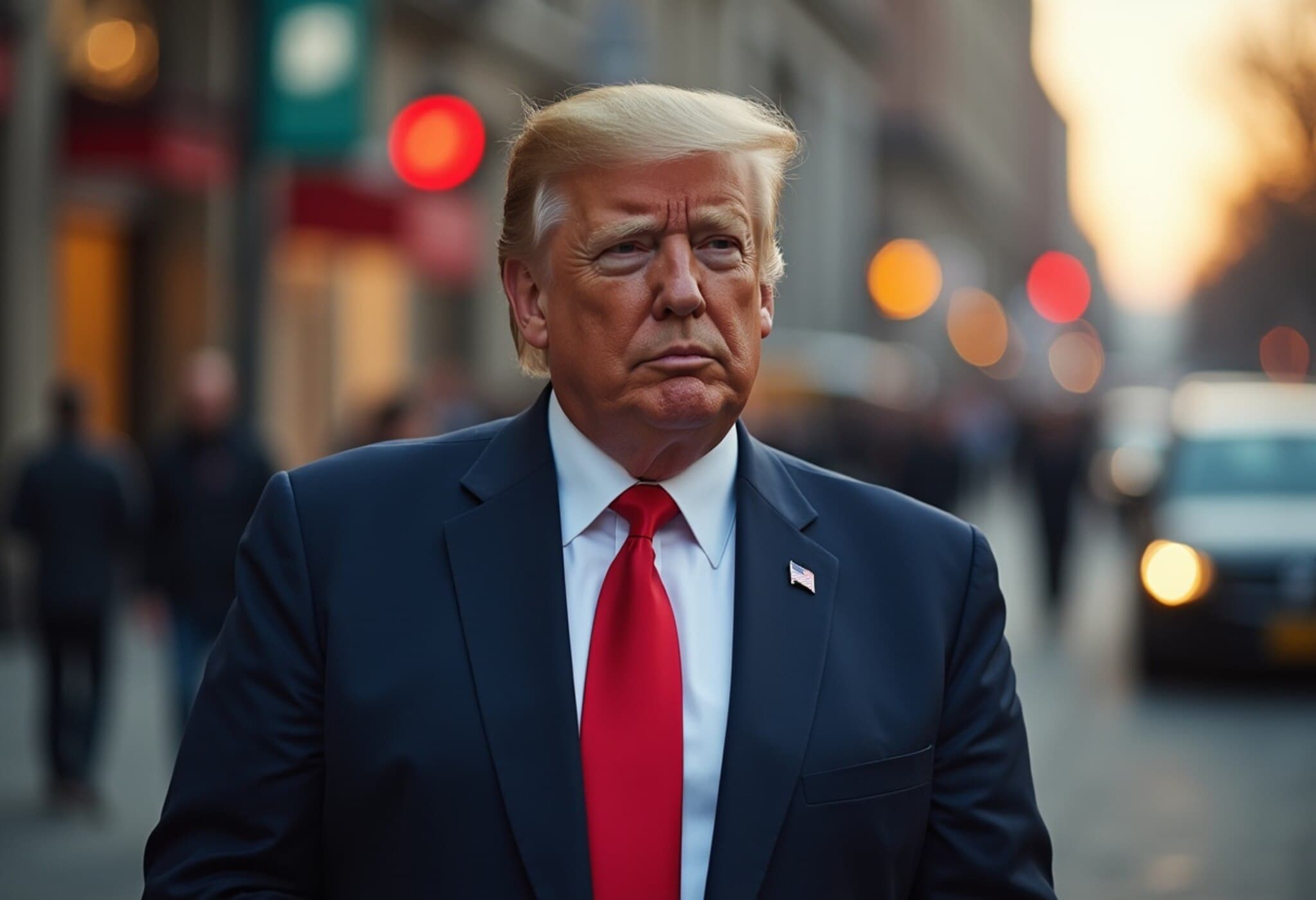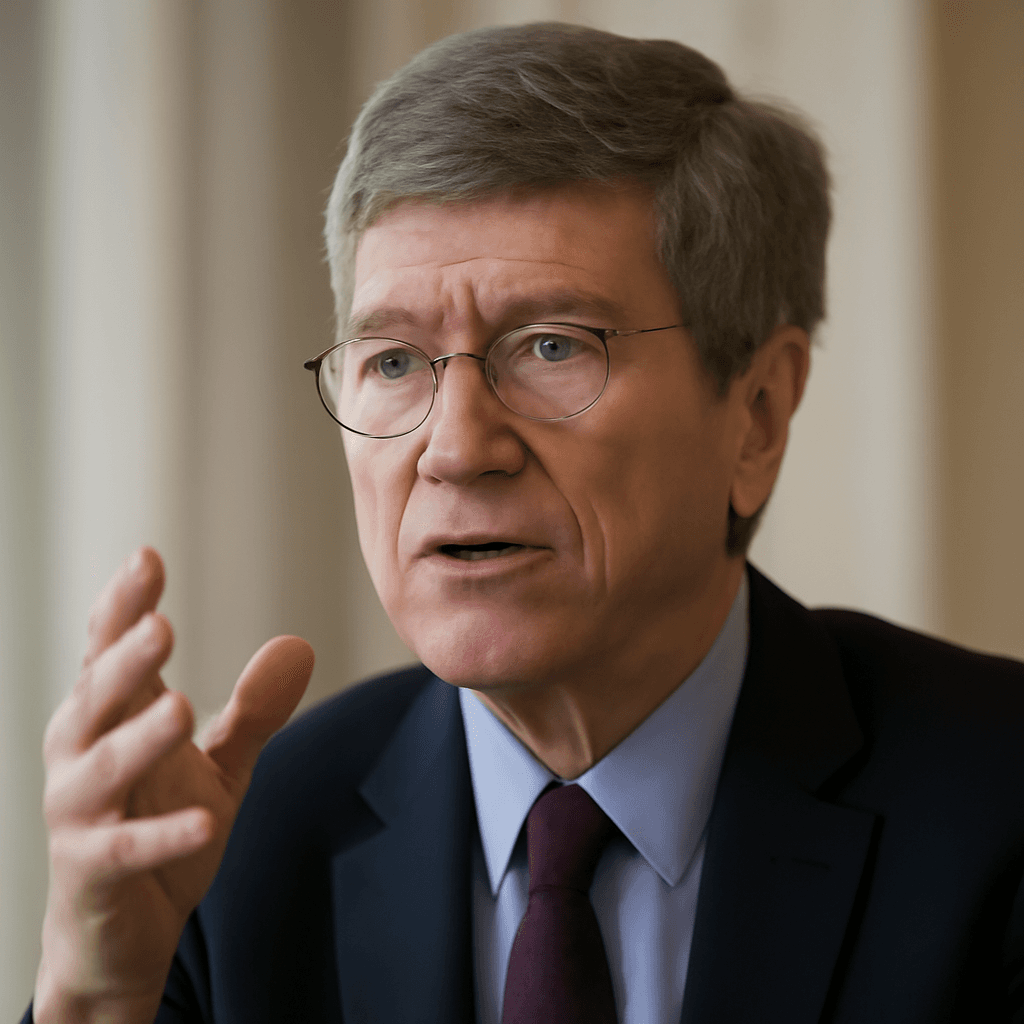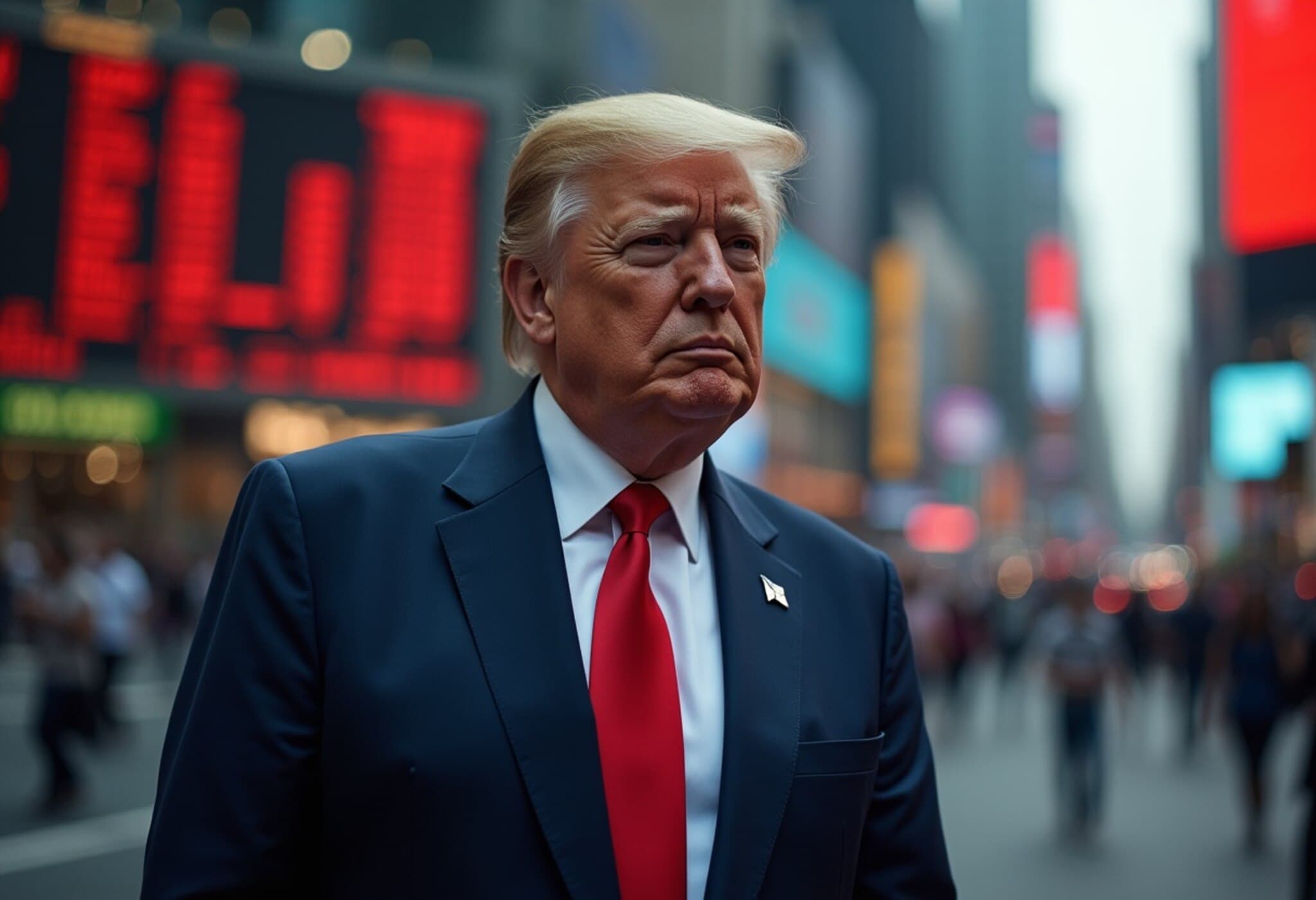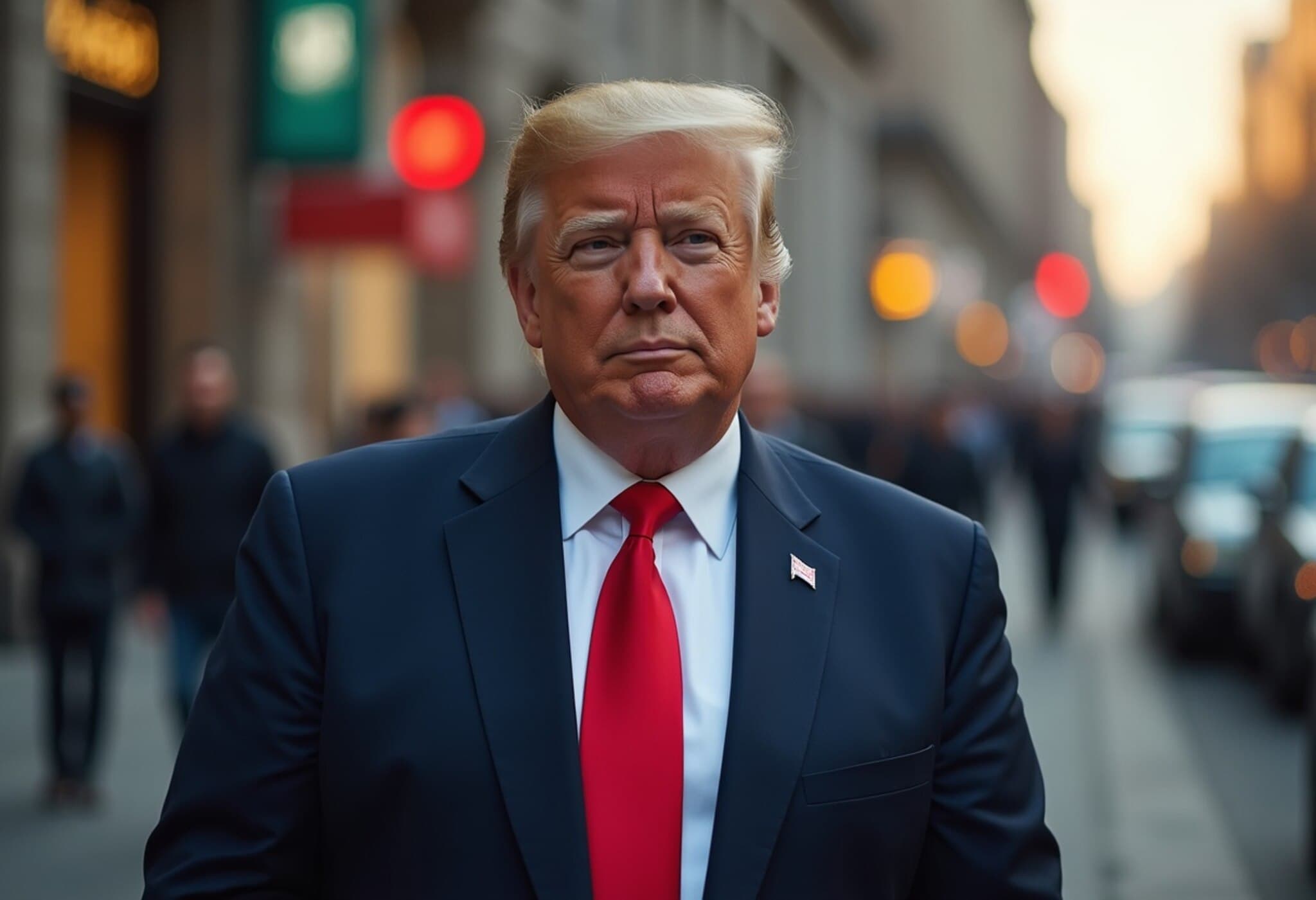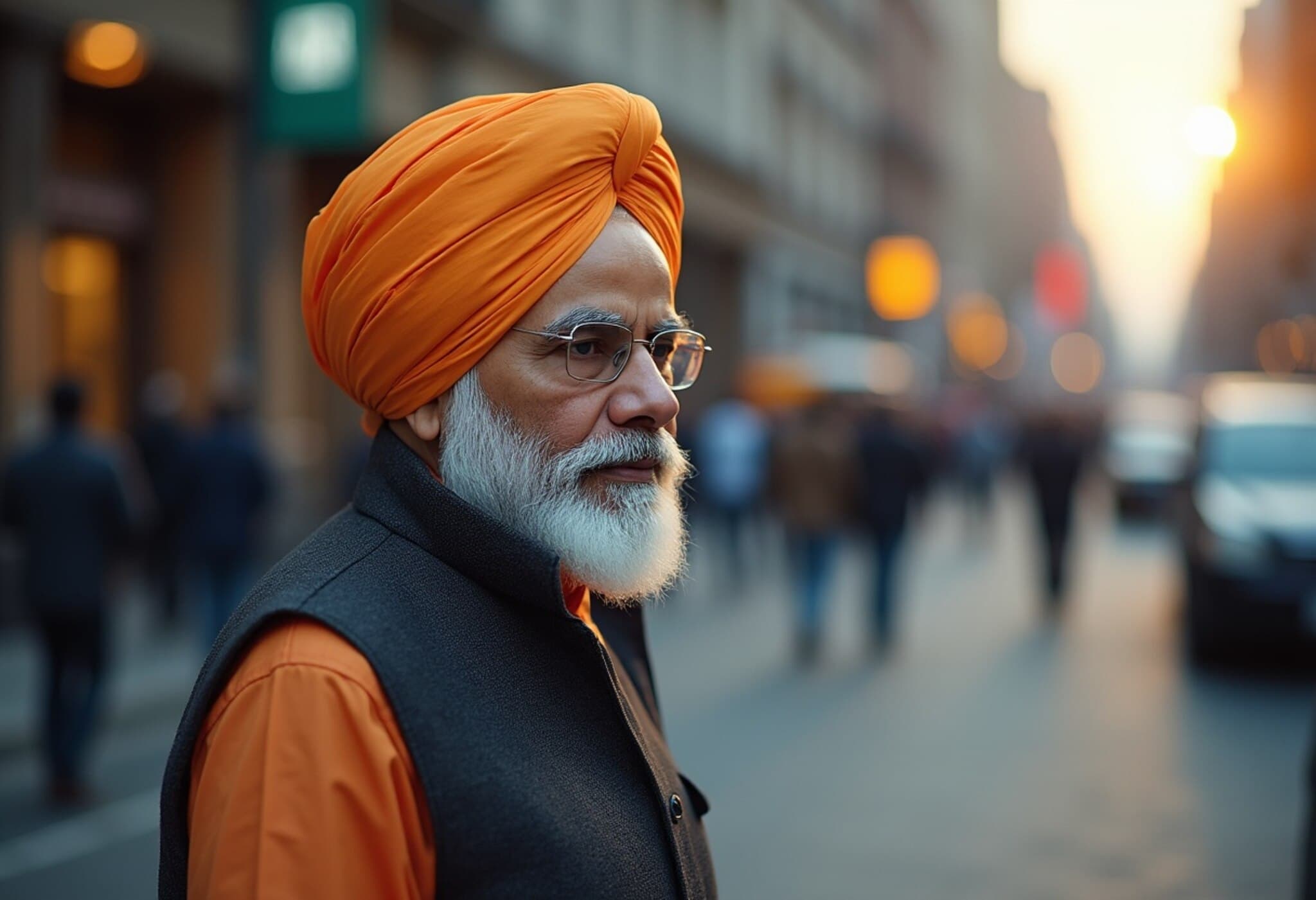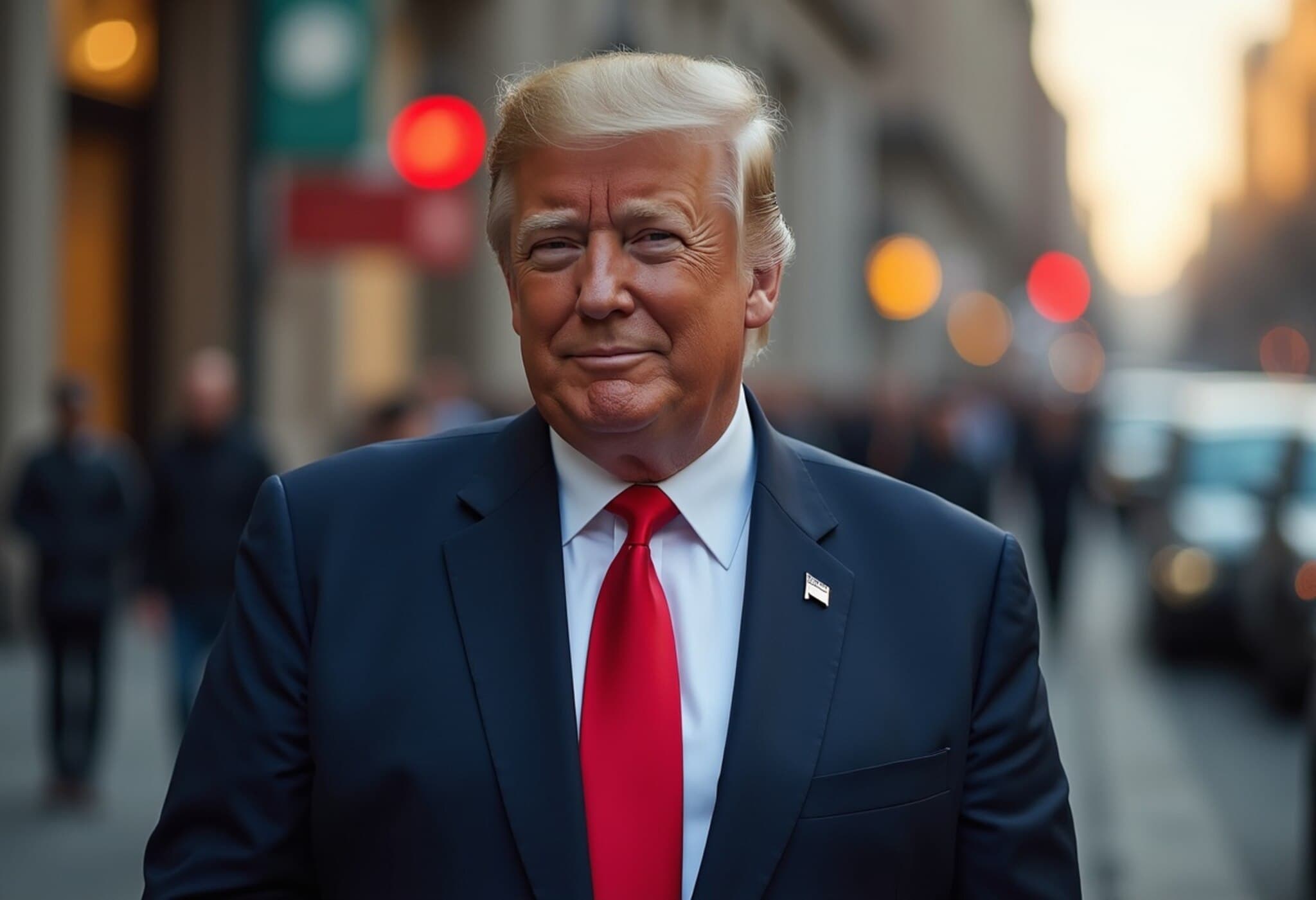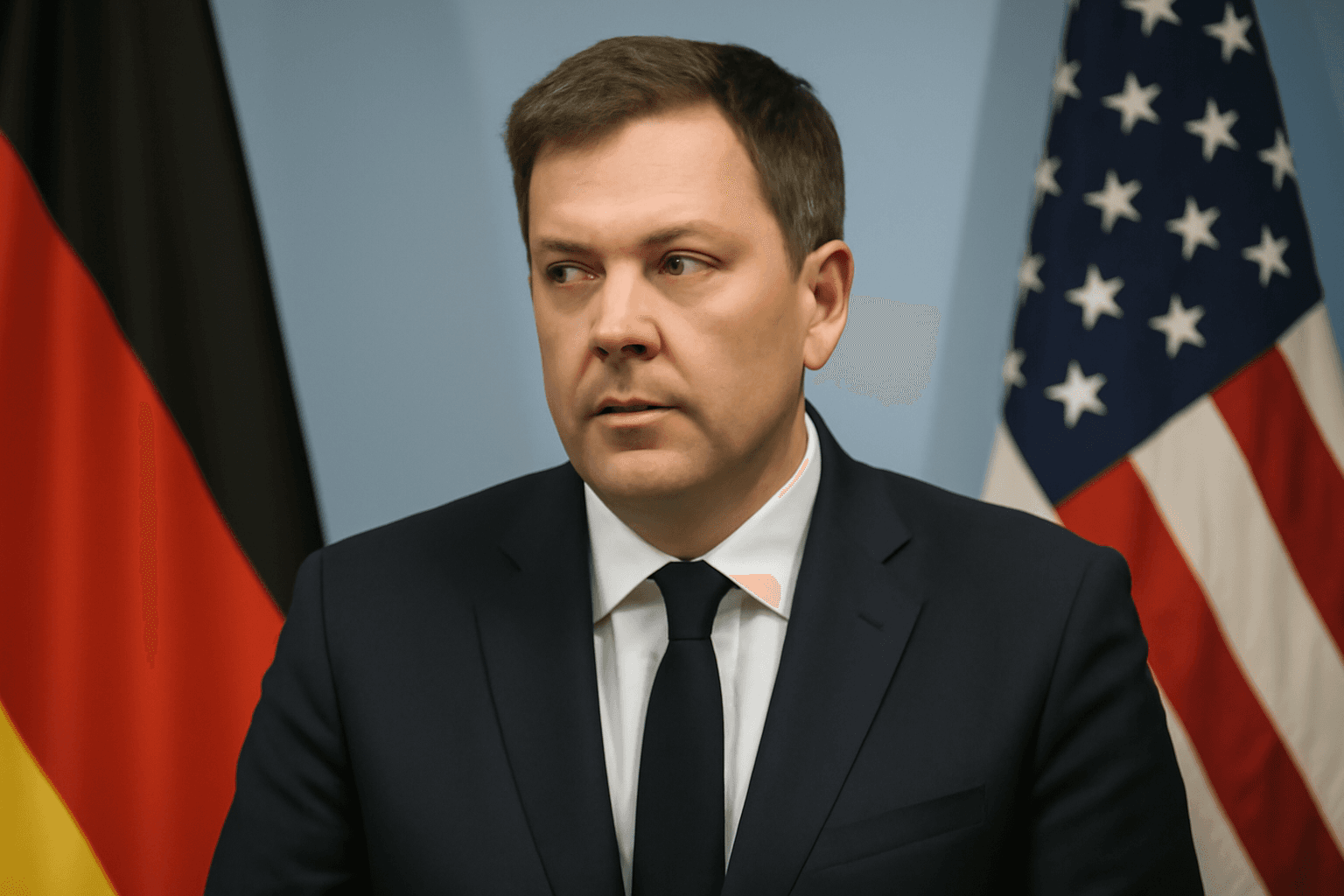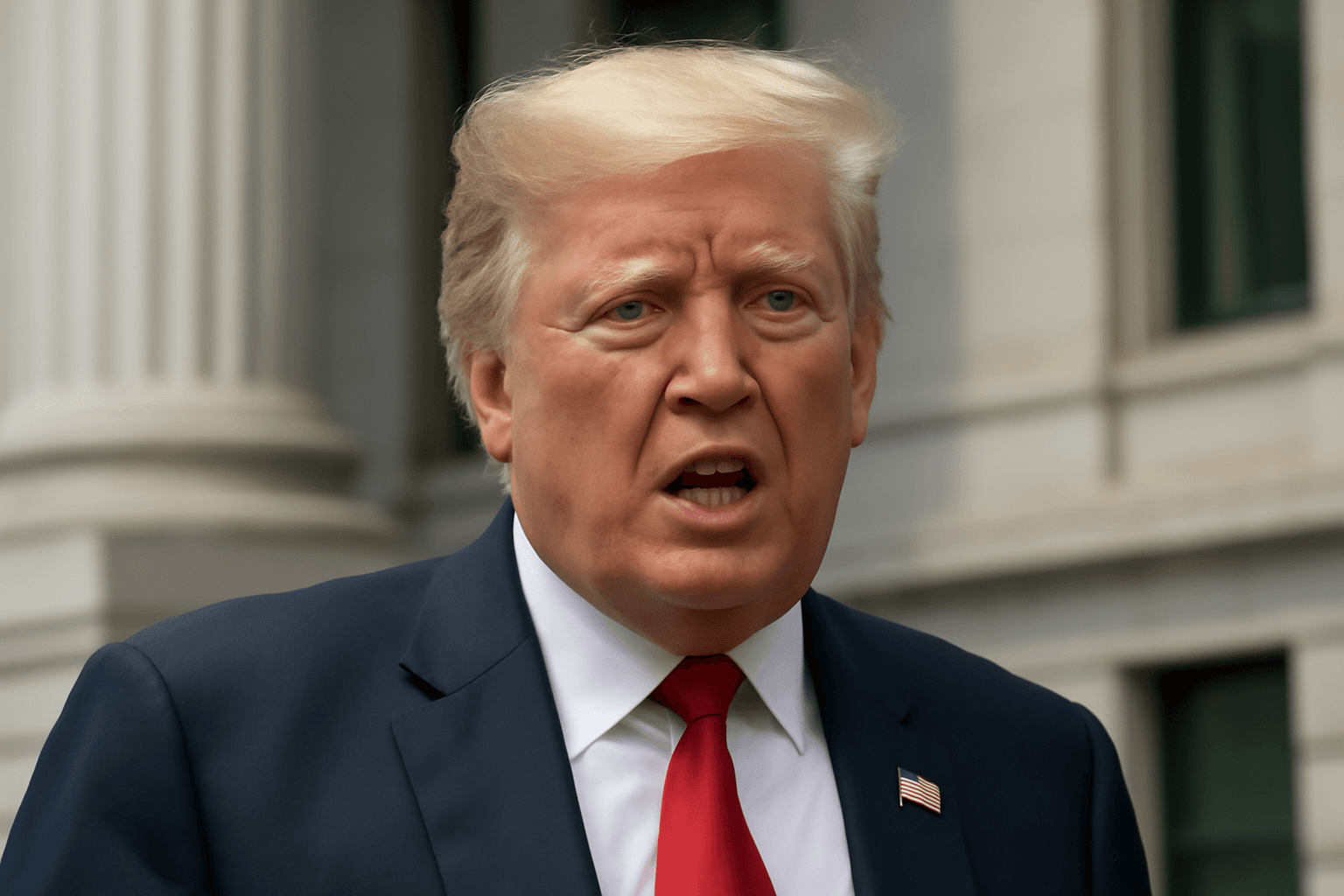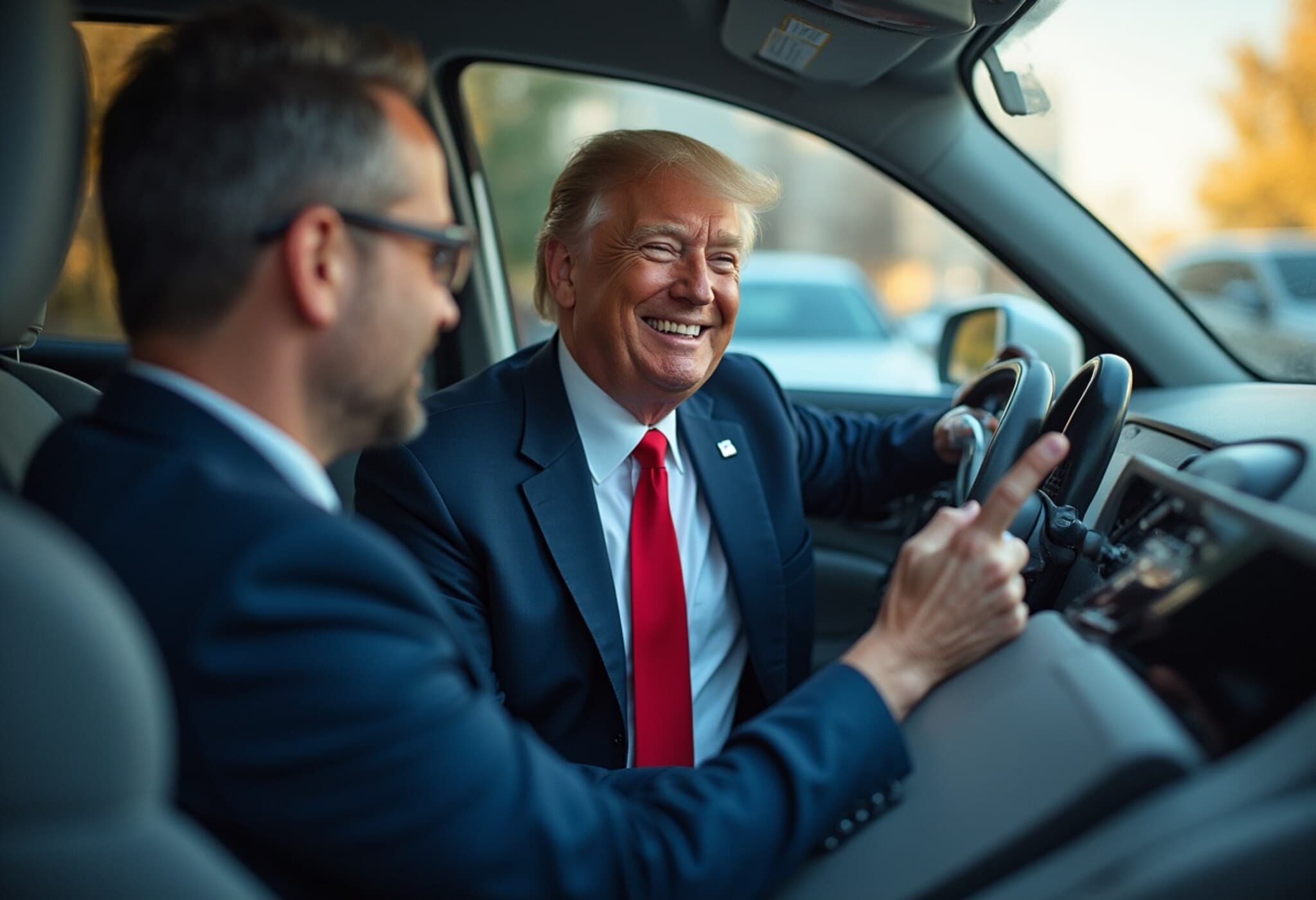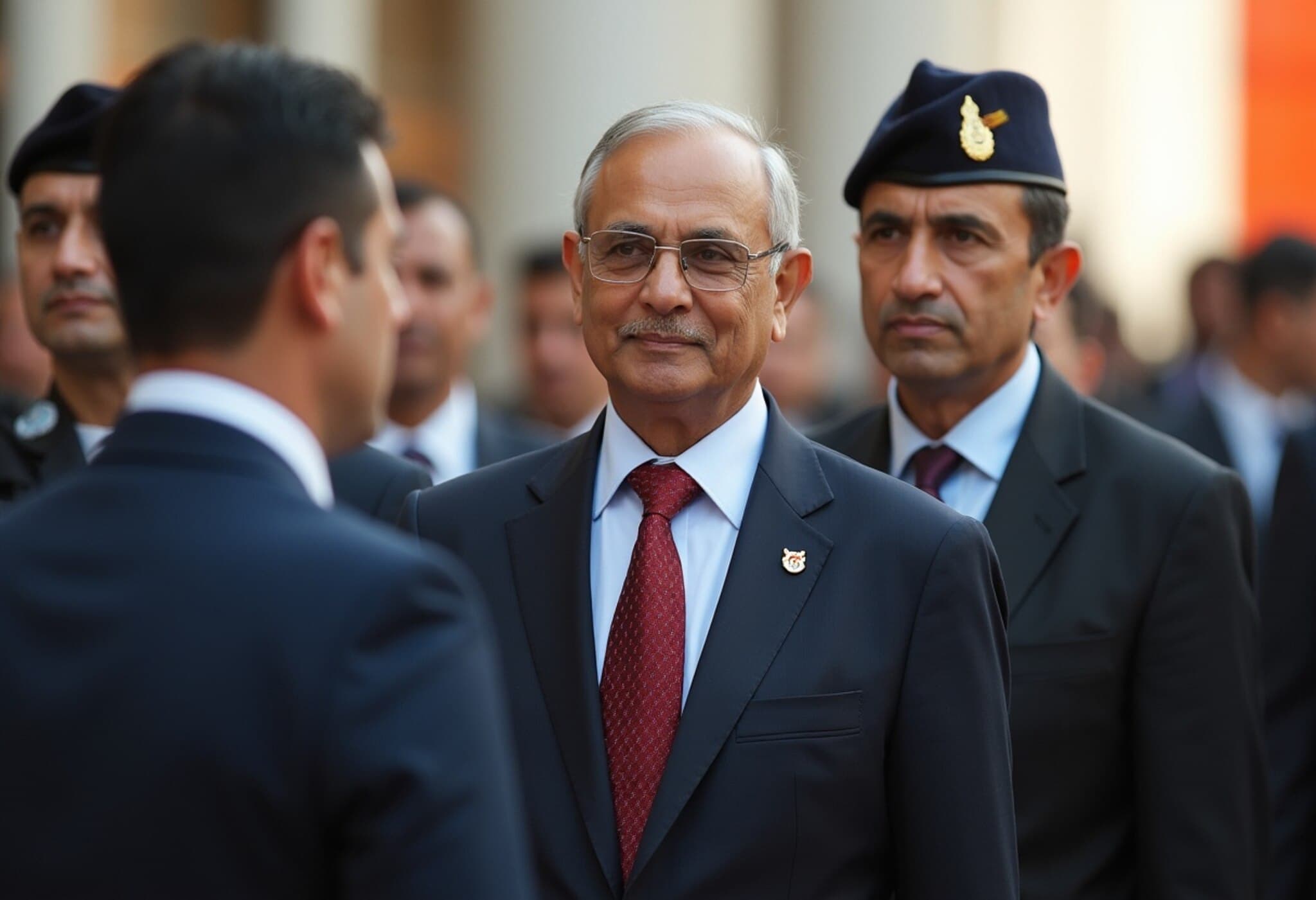US Imposes 50% Tariffs on Key Indian Exports: Exporters Brace for Impact
As the festive season draws near, Indian exporters face mounting anxiety over impending steep tariffs imposed by the US government on a significant portion of their goods. President Donald Trump’s recent executive order mandates a 50% tariff on nearly 55% of India’s exports to the United States, effective August 21, 2025. The policy shift threatens to heavily disrupt trade flows, hitting industries already operating on razor-thin margins.
The Scope of the Tariffs and Sectors Impacted
While certain key sectors such as smartphones, pharmaceuticals, and fuels sourced from non-Russian oil remain exempt, industries like machine-made small jewellery — a significant contributor to India’s export economy — stand to suffer substantially. These products often endure minimal value addition and low profit margins, making the 50% tariff an effective barrier to maintaining competitiveness in the US market.
S.C. Ralhan, President of the Federation of Indian Export Organisations (FIEO), emphasized the scale of the challenge: “This 50% reciprocity tariff adds a cost burden that places exporters at a 30-35% competitive disadvantage relative to peers in countries with lower tariffs.” Already, buyers from the US have started pausing orders, reassessing viable sourcing options under the new tariff structure.
Immediate Consequences: Shifting Trade Winds
- Garment exports: Indian apparel orders risk migration to cost-competitive rivals like Bangladesh, Vietnam, and Sri Lanka.
- Home textiles: Countries such as Pakistan stand to gain new market share in categories such as bed linens.
- Non-leather footwear: The sports shoes and athleisure segments face uncertainty as US companies reconsider partnerships with Indian producers.
Diplomatic Hopes Centered on the Sixth Round of India-US Trade Talks
With trade tensions intensifying, all eyes are on the upcoming sixth round of bilateral talks scheduled later this month. Industry leaders express cautious optimism that diplomatic engagement can pave the way for tariff relief or compromise. Mithileshwar Thakur, Secretary General of the Apparel Export Promotion Council (AEPC), noted, "The US buyers are closely monitoring developments. How the negotiations unfold when the US delegation arrives will be crucial in determining the future course.”
Despite productive dialogue, experts underscore that quick-fixes are unlikely. Ajai Sahay, FIEO Director General, highlighted the limitations of government support: “It is unrealistic to expect compensation large enough to offset these tariffs in the short term. Exporters must plan for market diversification as a strategic necessity.”
The Complex Challenge of Market Diversification
While diversification seems like an obvious strategy, it comes with its own hurdles. India’s recently negotiated trade agreements, such as the one with the European Free Trade Association, only come into effect months down the line. Similarly, the UK deal requires at least another year for implementation and ratification. The European Union agreement is still under negotiation and, even if finalized this year, rollout will be gradual.
Meanwhile, competitor nations like China are aggressively pivoting towards Europe and alternative markets, positioning themselves advantageously against unpredictable US policies. This dynamic adds to the urgency for India to recalibrate its export strategy amid shifting global trade currents.
Looking Ahead: What Can Exporters Expect?
For millions of small and medium enterprises that constitute the backbone of India's export economy, the next few weeks will be a critical test. Maintaining relationships with US buyers, navigating higher cost structures, and exploring new markets will require agility and resilience.
Policy analysts suggest that long-term solutions involve strengthening multilateral trade ties, boosting value addition in export products, and leveraging innovation to create competitive edges beyond price.
Editor’s Note
The US tariffs mark a pivotal moment in India-US trade relations, reflecting broader geopolitical and economic tensions. Beyond immediate commercial concerns, the situation raises deeper questions about global supply chain resilience and the need for diversified trade frameworks. Will the upcoming talks foster meaningful compromise, or will exporters have to rethink their US market strategies entirely? Stakeholders from policymakers to entrepreneurs must remain vigilant and proactive to navigate these uncertain waters.



